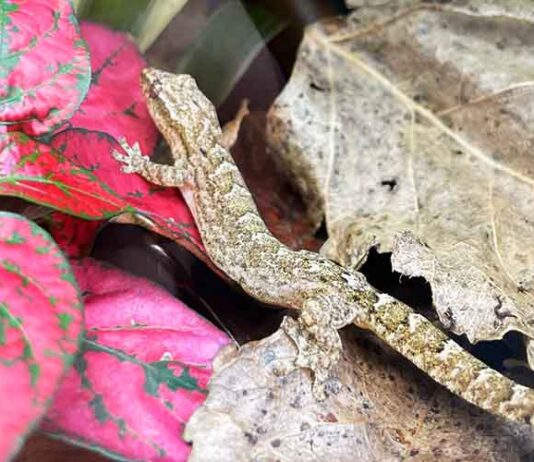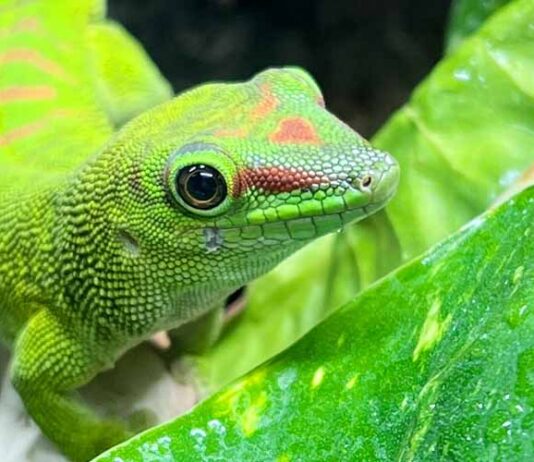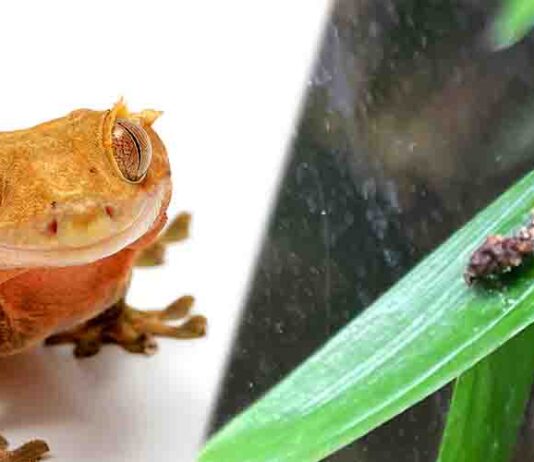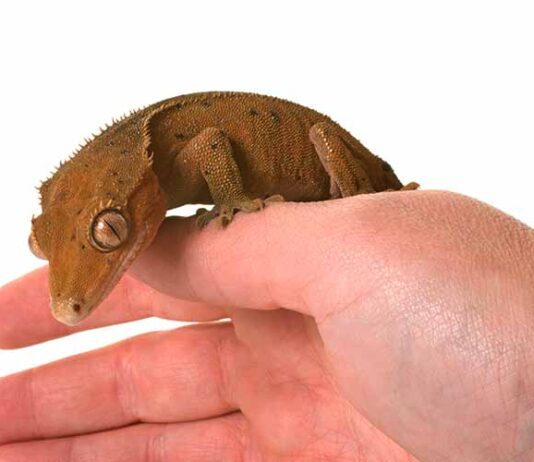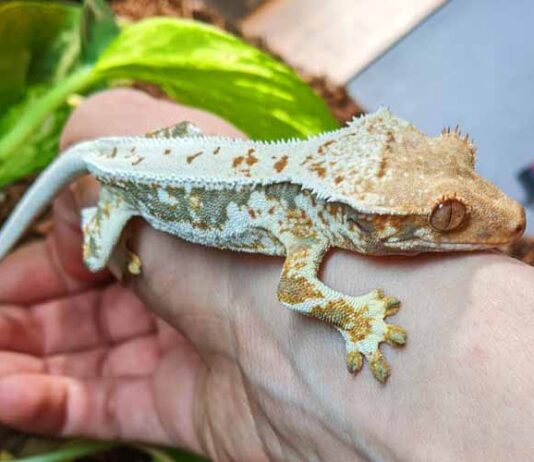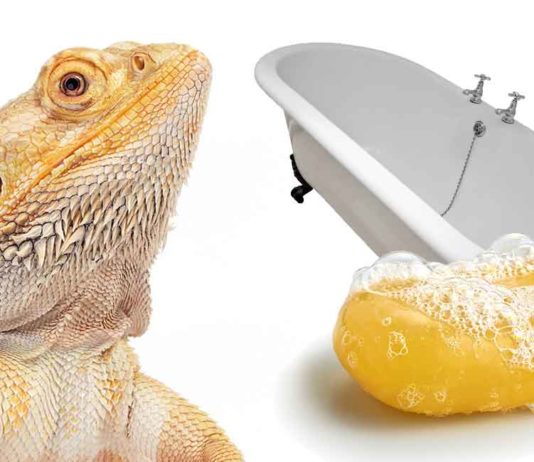The Mourning Gecko makes a great pet for experienced and novice reptile keepers, yet they are surprisingly uncommon and misrepresented. Until I brought home my girls, I had no idea that they were so well camouflaged, super fast, and good at hiding. They might be...
The Madagascar Giant Day Geckos, or Phelsuma Grandis, are colorful, shy and super fast. They live high up in the trees, and so do best in crowded naturally planted enclosures. You can feed them entirely on a shop bought rehydrated diet, but they benefit...
Gecko poop is usually a small damp cylinder, about ¼ of an inch long, and accompanied by a smaller quantity of solid white urate. Changes in the color or texture of your gecko’s poop could be a symptom of an underlying health problem, or a...
In this complete guide to the possible causes of a crested gecko having trouble climbing, we take a look at all the possibilities, from the benign and temporary, to the problems that need medical treatment.
How do geckos stick to walls?Why is...
Do crested geckos need UV bars or is it another fad that’s wasting your time? If your crested gecko is in a bioactive terrarium the answer is a hard yes. For your enclosed environment to thrive, your plants and therefore you crested gecko need a...
Bearded dragon bath time is a key feature of many a beardie’s weekly routine.
But do bearded dragons need baths?
Do owners do more harm than good, by bathing a reptile that originates from arid areas?
Here are the facts behind the how, what, why, and when of bearded dragon bath times.
Why...

